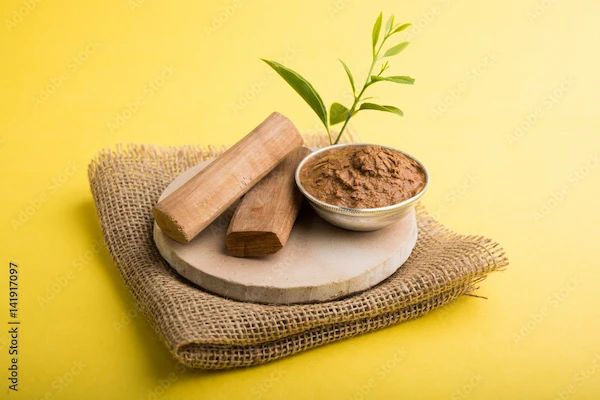Pawanmuktasana (Wind-Relieving Pose): Steps and Benefits
Learn how to do Pawanmuktasana (Wind-Relieving Pose). A gentle digestion pose in pawanmuktasana yoga with step-by-step instructions, benefits, and safety tips.

Written by Dr. Vasanthasree Nair
Reviewed by Dr. Rohinipriyanka Pondugula MBBS
Last updated on 22nd Nov, 2025
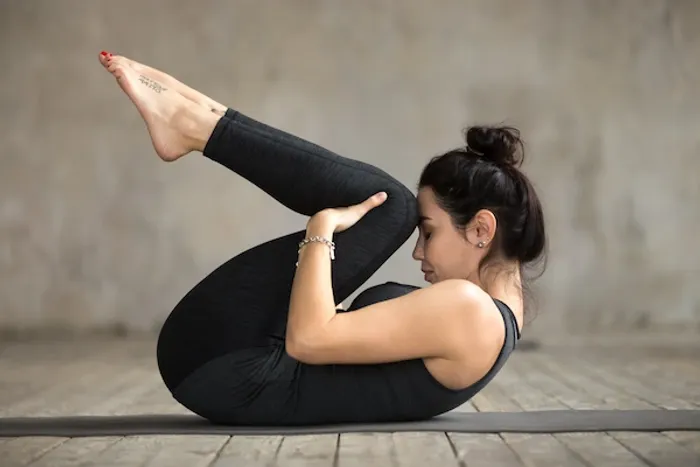
Introduction
Many of us spend long hours sitting, eat on the go, and feel the effects in our gut—bloating, heaviness, or general discomfort. Gentle movement and mindful breathing can help. In yoga, Pawanmuktasana, also called the Wind-Relieving Pose, is a simple “digestion pose” that many practitioners use to ease abdominal tightness and relax the lower back. While research on this specific posture is limited, pawanmuktasana yoga is a beginner-friendly way to connect breath and body, de-stress, and add gentle motion to your day—habits that support overall well-being and healthy digestion.
What is Pawanmuktasana (Wind-Relieving Pose)?
Name meaning: In Sanskrit, “pawan” means wind, “mukta” means release, and “asana” means pose.
What it looks like: You lie on your back and draw one knee (or both knees) toward your chest, holding the leg(s) with your hands while you breathe slowly.
Why people practice it: Traditionally viewed as a digestion pose, it is commonly used to:
- Gently compress the abdomen, which may feel soothing if you’re gassy or bloated
- Stretch and relax the lower back and hips
- Encourage slow, steady breathing to reduce stress
Note: Traditional uses don’t replace medical care. If you have ongoing digestive issues, check in with your healthcare provider.
Benefits of the Digestion Pose in Pawanmuktasana Yoga
While no single yoga pose is a cure-all, these potential benefits align with broader health guidance from reputable medical sources:
Relaxation and stress relief
- Slow, mindful breathing helps activate the body’s relaxation response. Lower stress can benefit gut comfort for many people.
- Research summarized by major medical publishers notes yoga’s benefits for stress management and overall well-being.
Gentle movement for healthy habits
Regular physical activity supports general health and can help keep you regular. Even light movement counts toward building an active lifestyle that benefits digestion and mood.
Lower-back comfort and mobility
The “knees-to-chest” stretch used in many rehab and wellness programs can help ease tension in the lower back. Pawanmuktasana uses a similar motion, which many people find soothing after long periods of sitting.
Supportive of a healthy routine
On its own, one pose won’t “fix” digestion. But pairing Pawanmuktasana with hydration, fiber-rich foods, and a consistent activity routine can support your body’s natural rhythms.
Important note on evidence: Clinical studies specifically on Pawanmuktasana for digestion are limited. Benefits are based on the mechanics of the pose (abdominal compression, spinal flexion), general yoga research on stress reduction, and well-established guidance that regular movement supports overall digestive health.
Consult a Top General Physician
Step-by-Step: How to Do Pawanmuktasana Safely?
Before you start
- Practice on a firm, comfortable surface (like a yoga mat).
- Move within a comfortable range—no pain, tingling, or numbness.
- Breathe naturally; avoid holding your breath.
- If you’re new to exercise or have medical concerns, check with your healthcare provider first.
Version 1: Single-Leg Pawanmuktasana (Right, then Left)
1) Set up
- Lie on your back with legs extended, arms by your sides, palms down.
- Lengthen the back of your neck and relax your shoulders.
2) Draw in the right knee
- Exhale slowly as you bend your right knee toward your chest.
- Wrap your hands around your shin just below the knee (or behind the thigh if your knee is sensitive).
3) Gentle compression and breath
- Keep the left leg long and active, heel reaching away.
- With each exhale, softly draw the right thigh a bit closer to your belly.
- Keep both shoulders relaxed and your lower back on the mat.
4) Hold for 5–10 slow breaths
- Inhale: feel your belly and ribs expand.
- Exhale: soften your shoulders and jaw; allow gentle abdominal compression.
5) Release and switch
- Slowly release the right leg to the floor.
- Repeat steps 2–4 with the left leg.
Version 2: Double-Leg Pawanmuktasana (Apanasana/Knees-to-Chest)
1) Draw both knees in
- Exhale as you bring both knees toward your chest.
- Wrap your hands around your shins or behind your thighs.
2) Soften and breathe
- Keep your tailbone dropping toward the mat so your lower back stays broad.
- Take 5–10 slow breaths, allowing the belly to move naturally.
3) Optional gentle rock
- If it feels good, micro-rock side to side to massage the lower back.
4) Release
- Exhale and lower your feet to the floor, then extend your legs.
Alignment Tips
- Keep neck long, chin slightly tucked, and shoulders relaxed.
- Do not yank the knees in; use gentle pressure.
- If your hips lift and lower back rounds uncomfortably, hold behind the thighs instead of the shins.
- If you feel strain in the neck, keep your head on the floor and gaze upward.
Modifications and Props
- Sensitive knees: Hold behind the thighs instead of on the shins.
- Tight hips or low-back discomfort: Place a folded blanket under your head and shoulders to reduce strain.
- Limited mobility: Use a yoga strap or towel behind the thigh to help hold the leg comfortably.
- During menses or abdominal tenderness: Use the single-leg version and lighter pressure.
How Long and How Often?
- Start with 1–3 rounds per side (single-leg), then 1–2 rounds with both knees.
- Hold each round for 5–10 slow breaths.
- Practice most days if comfortable, especially after long sitting sessions. Many people like to do this pose in the morning or evening for relaxation.
Breathing and Mindfulness in the Digestion Pose
- Use diaphragmatic breathing: Let the belly rise on the inhale and soften on the exhale.
- Count your breaths: For example, inhale for a count of 4, exhale for a count of 6 to encourage relaxation.
- Add a simple focus word: Inhale “relax,” exhale “release,” to ease mental tension.
Safety, Contraindications, and When to Avoid or Modify?
- Pregnancy: After the first trimester, many health organizations advise avoiding long periods lying flat on your back. Avoid strong abdominal compression and consult your obstetric provider about appropriate modifications.
- Recent abdominal surgery or hernia: Avoid abdominal compression unless cleared by your healthcare provider.
- Acute back pain, sciatica, or hip issues: Move gently; if symptoms worsen, stop and seek professional guidance.
- Osteoporosis or spinal injury: Consult a clinician or a qualified physical therapist/yoga professional before trying flexion-based poses.
- High blood pressure or heart concerns: Move slowly and breathe smoothly; avoid breath-holding. Consult your provider if unsure.
How Pawanmuktasana Fits Into a Healthy Digestion Routine?
- Stay hydrated: Adequate fluid intake supports regular bowel movements.
- Eat fiber-rich foods: Fruits, vegetables, legumes, and whole grains help support bowel regularity; increase fiber gradually and pair with fluids.
- Keep moving: Aim to meet weekly activity guidelines with a mix of aerobic activity, strength, and flexibility. Gentle yoga can be part of your plan.
- Manage stress: Techniques like yoga, meditation, and deep breathing can help calm the nervous system, which may reduce stress-related gut discomfort.
Common Mistakes to Avoid
- Holding your breath: Keep a steady, smooth inhale and exhale.
- Forcing the knees in: Gentle compression is enough; avoid sharp pressure.
- Lifting shoulders to reach the legs: Keep shoulders down; use a strap if needed.
- Rushing: Spend several slow breaths in each round for best effect.
Sample Mini-Sequence for Comfort
- 1 minute: Easy diaphragmatic breathing lying on your back
- 1 minute: Single-leg Pawanmuktasana, right then left
- 1 minute: Double-leg Pawanmuktasana (knees-to-chest), optional gentle rocking
- 30–60 seconds: Rest in Savasana (lying down) with relaxed breathing
Consult a Top General Physician
Consult a Top General Physician

Dr. Dhanraj K
General Physician/ Internal Medicine Specialist
25 Years • MBBS, MD Internal Medicine - Osmania Medical College, Hyderabad
Hyderabad
Apollo Hospitals Jubilee Hills, Hyderabad
(400+ Patients)

Dr Syed Mateen Pasha
General Physician
2 Years • MBBS
Bengaluru
PRESTIGE SHANTHINIKETAN - SOCIETY CLINIC, Bengaluru

Dr. Syed Ismail Ali
General Practitioner
7 Years • MBBS
Hyderabad
Apollo 24|7 Clinic, Hyderabad

Dr. Harshendra Jaiswal
General Physician/ Internal Medicine Specialist
12 Years • MBBS , MD (General medicine)
Kolkata
108 DHANA DHANVANTARI Clinic, Kolkata
(25+ Patients)
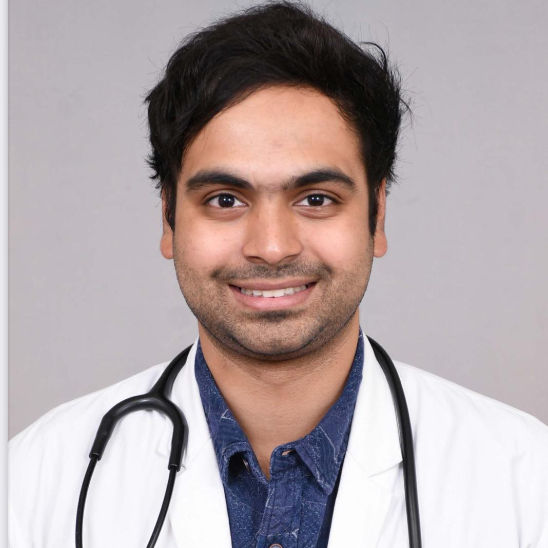
Dr Bhargav Vuppumalla
General Physician/ Internal Medicine Specialist
5 Years • MBBS MD GENERAL MEDICINE
Bengaluru
Apollo Medical Center, Marathahalli, Bengaluru
Consult a Top General Physician

Dr. Dhanraj K
General Physician/ Internal Medicine Specialist
25 Years • MBBS, MD Internal Medicine - Osmania Medical College, Hyderabad
Hyderabad
Apollo Hospitals Jubilee Hills, Hyderabad
(400+ Patients)

Dr Syed Mateen Pasha
General Physician
2 Years • MBBS
Bengaluru
PRESTIGE SHANTHINIKETAN - SOCIETY CLINIC, Bengaluru

Dr. Syed Ismail Ali
General Practitioner
7 Years • MBBS
Hyderabad
Apollo 24|7 Clinic, Hyderabad

Dr. Harshendra Jaiswal
General Physician/ Internal Medicine Specialist
12 Years • MBBS , MD (General medicine)
Kolkata
108 DHANA DHANVANTARI Clinic, Kolkata
(25+ Patients)

Dr Bhargav Vuppumalla
General Physician/ Internal Medicine Specialist
5 Years • MBBS MD GENERAL MEDICINE
Bengaluru
Apollo Medical Center, Marathahalli, Bengaluru
More articles from General Medical Consultation
Frequently Asked Questions
Does Pawanmuktasana really help with gas and bloating?
Pawanmuktasana is traditionally known as a digestion pose because the gentle compression can feel soothing and may help some people pass gas. Scientific research on this specific posture is limited. Still, many find that slow breathing plus gentle movement helps them feel better. If you have persistent digestive symptoms, talk to your healthcare provider.
Is Pawanmuktasana safe during pregnancy?
After the first trimester, many experts advise avoiding extended time lying flat on your back and strong abdominal compression. If you’re pregnant, ask your obstetric provider about safer options, such as side-lying relaxation or other gentle poses.
How long should I hold the pose?
A simple approach is 5–10 slow breaths per side (single-leg) and another 5–10 breaths with both knees. Move out of the pose sooner if you feel discomfort, dizziness, or strain.
Can this pose help with constipation?
No single pose fixes constipation. However, regular physical activity, hydration, and fiber-rich foods are proven to support bowel regularity. Pawanmuktasana can be a gentle part of a daily movement routine that supports overall digestive health.
Can Pawanmuktasana reduce belly fat?
There’s no evidence that any pose causes spot fat loss. Healthy weight management comes from an overall lifestyle—balanced nutrition, regular physical activity, sleep, and stress management. Yoga can support these habits, but it’s not a targeted fat-reduction tool.

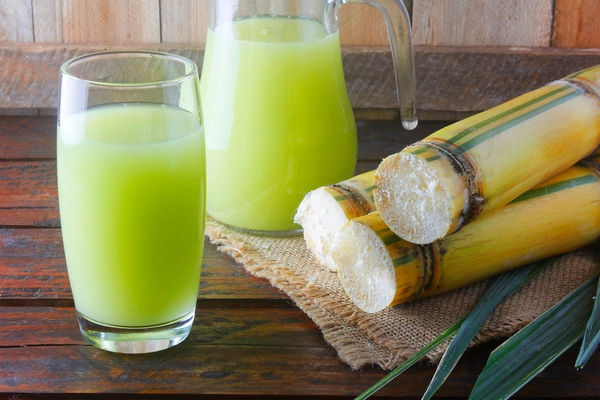
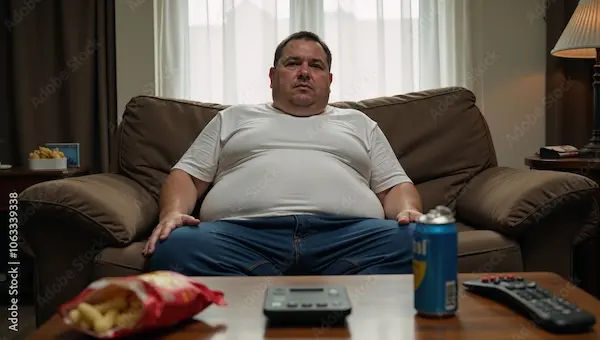
.webp)
